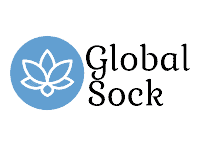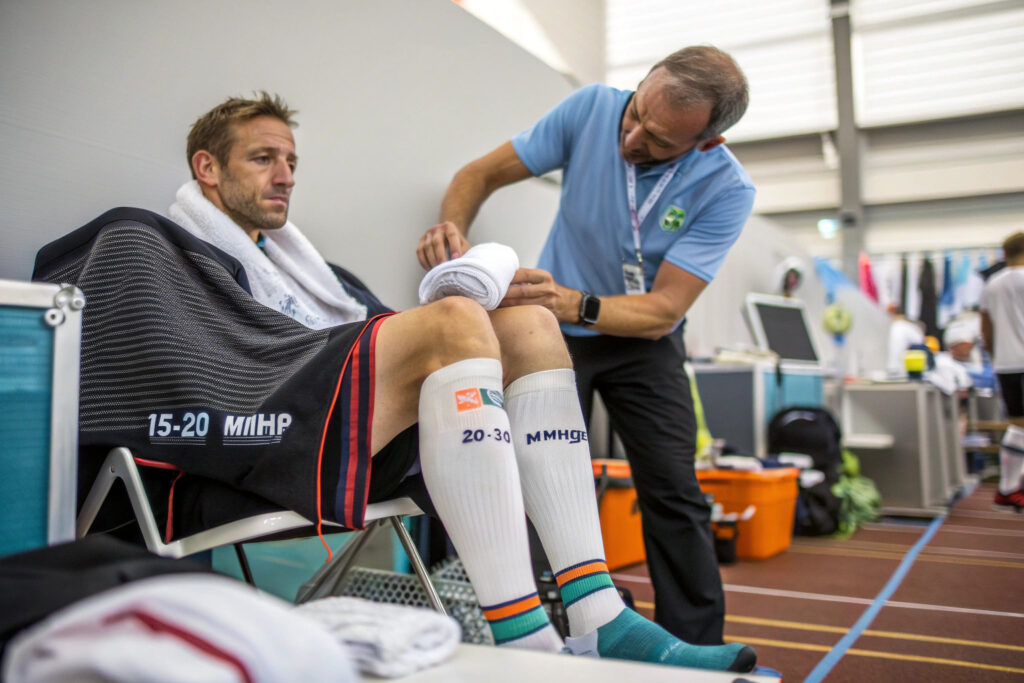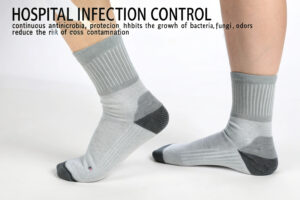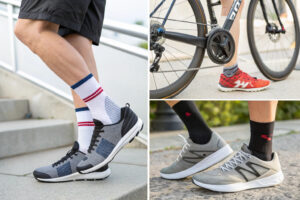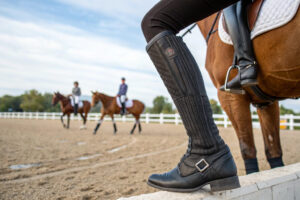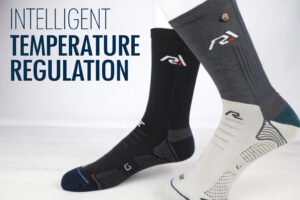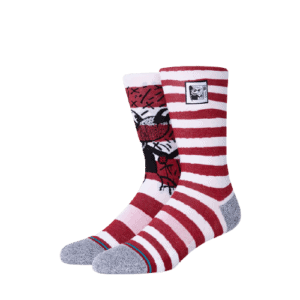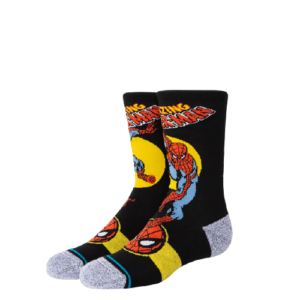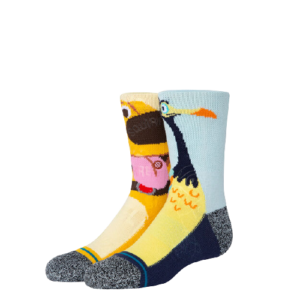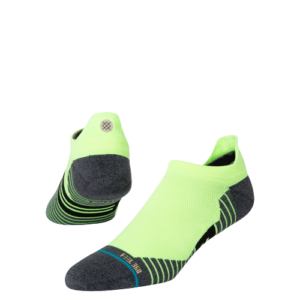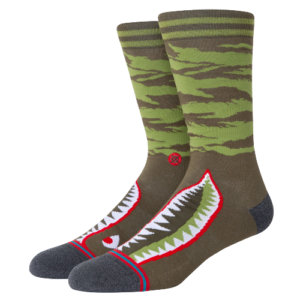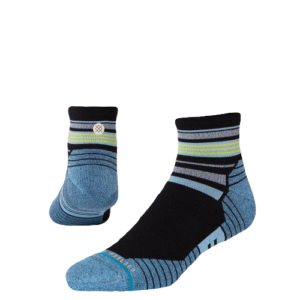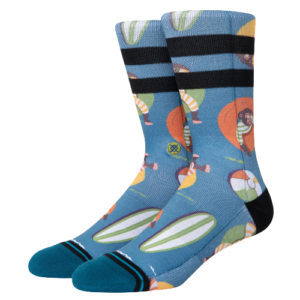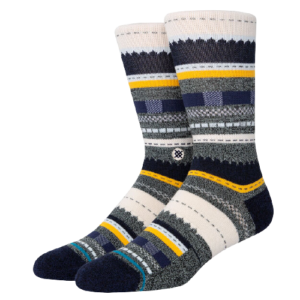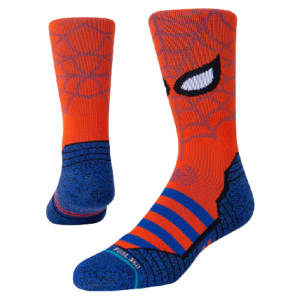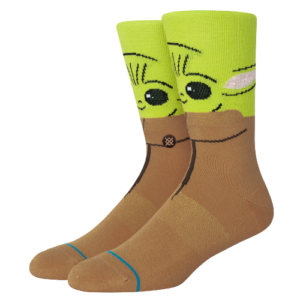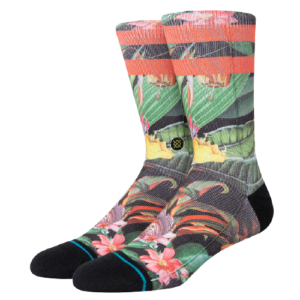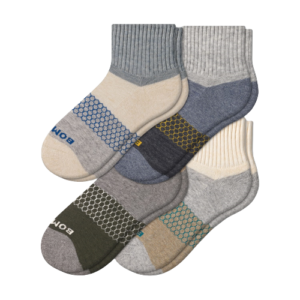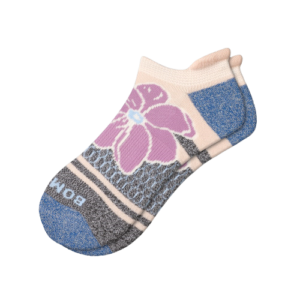Sore calves, swollen ankles, or lingering fatigue after a long day or a workout? That’s where recovery socks step in. But not all compression socks are made equal—especially when it comes to compression levels. Choosing the wrong compression strength can either be ineffective or even counterproductive.
The best compression levels for recovery socks typically range between 15–30 mmHg, depending on the user's activity, circulation needs, and recovery goals. Lower compression (15–20 mmHg) is ideal for mild fatigue and travel, while moderate levels (20–30 mmHg) support athletic recovery and medical needs.
Whether you're a runner like Ron, a nurse on long shifts, or a wellness brand buyer sourcing compression socks from China, understanding these levels is key to better recovery and smarter sourcing decisions.
What Does mmHg Mean in Compression Socks?
Compression levels are measured in millimeters of mercury (mmHg), similar to blood pressure readings.
mmHg in compression socks indicates the amount of pressure the sock applies to your leg, with higher numbers meaning tighter compression.
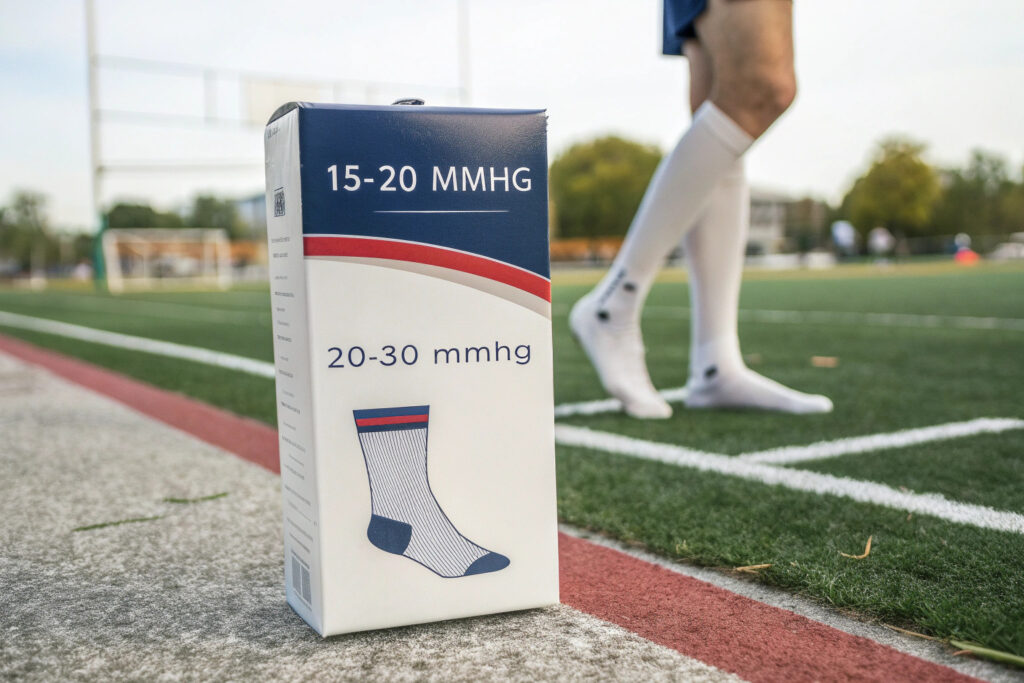
Why Is Graduated Compression Important?
Graduated compression means the pressure is strongest at the ankle and gradually decreases up the leg. This promotes upward blood flow, reducing swelling and improving oxygen delivery. Medical experts at Mayo Clinic endorse this for DVT prevention and recovery. At GlobalSock, our designs follow precise pressure mapping confirmed by CNAS-certified lab testing.
Are All Compression Levels Safe for Daily Use?
Not all of them. While 15–20 mmHg is considered safe for travel and daily wear, higher compression (above 30 mmHg) requires medical supervision. We guide clients through FDA Classifications and can help source socks that meet CE/FDA requirements for regulated markets.
Which Compression Range Is Best for Athletic Recovery?
Whether it's post-marathon fatigue or gym recovery, athletes need compression that improves circulation without restricting movement.
20–30 mmHg is the optimal compression range for athletic recovery, offering muscle stabilization, lactic acid removal, and reduced soreness.
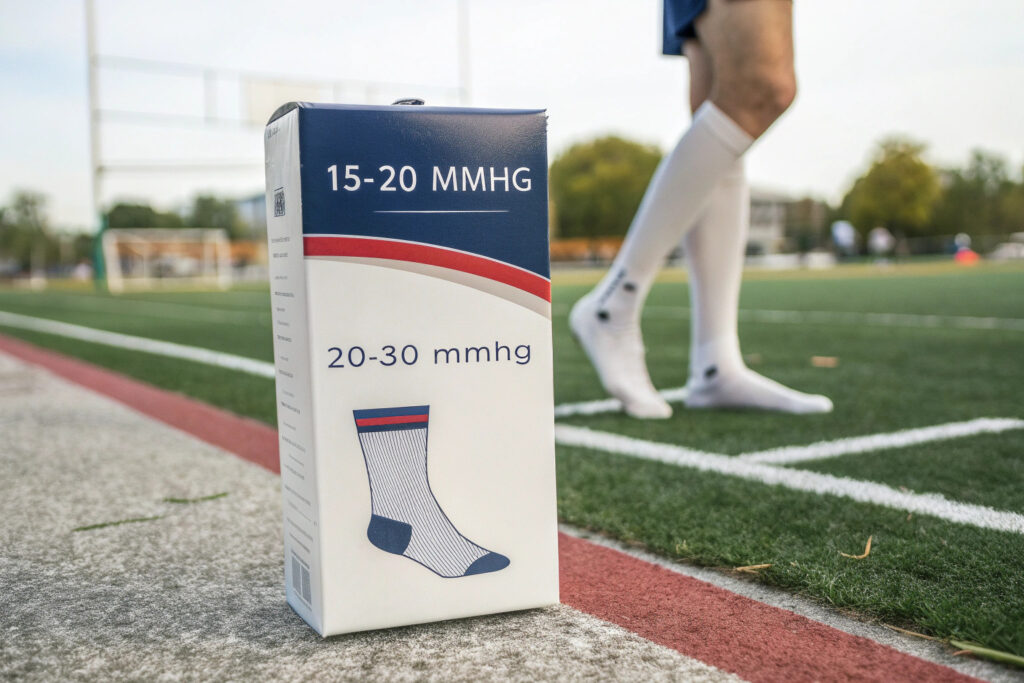
How Does Moderate Compression Aid Performance?
After intense workouts, muscles accumulate waste byproducts like lactic acid. Moderate compression assists venous return, aiding in faster clearance. A 2019 study in Sports Medicine showed significant benefits of 20–30 mmHg socks in improving endurance recovery and reducing delayed onset muscle soreness (DOMS).
Are These Socks Comfortable for Long Wear?
Absolutely. Our bamboo-blend and nylon/spandex compression socks are moisture-wicking and anatomically padded. Many clients praise the balance between snugness and breathability. With seamless toe designs and reinforced heel zones, comfort is never sacrificed for performance—just like in our GlobalSock Sports Series.
When Should You Use Light Compression Socks?
Light compression has its own niche. It's often underrated but highly effective in casual, travel, and lifestyle contexts.
15–20 mmHg compression is ideal for mild swelling, travel, sitting/standing for long hours, and pregnancy support.

Who Benefits Most from Light Compression?
Frequent fliers, expectant mothers, and desk-bound professionals. These socks improve blood circulation and prevent mild edema without the squeeze. Recommended by Johns Hopkins Medicine, light compression supports varicose vein prevention and improves comfort during long shifts.
Can Light Compression Still Be Stylish?
Yes! At GlobalSock, we offer fashionable light compression socks with argyle, stripe, and solid patterns suitable for business casual or maternity wear. Our organic cotton and silk-blend options meet Oeko-Tex® and GOTS standards, offering soft, breathable support for all-day use.
Do Medical-Grade Compression Socks Require Special Sourcing?
Medical-grade compression (above 30 mmHg) isn't just a product—it's a regulated device.
Yes. Socks with 30–40 mmHg or higher must be sourced with strict compliance to FDA/CE medical device classifications and require professional consultation.
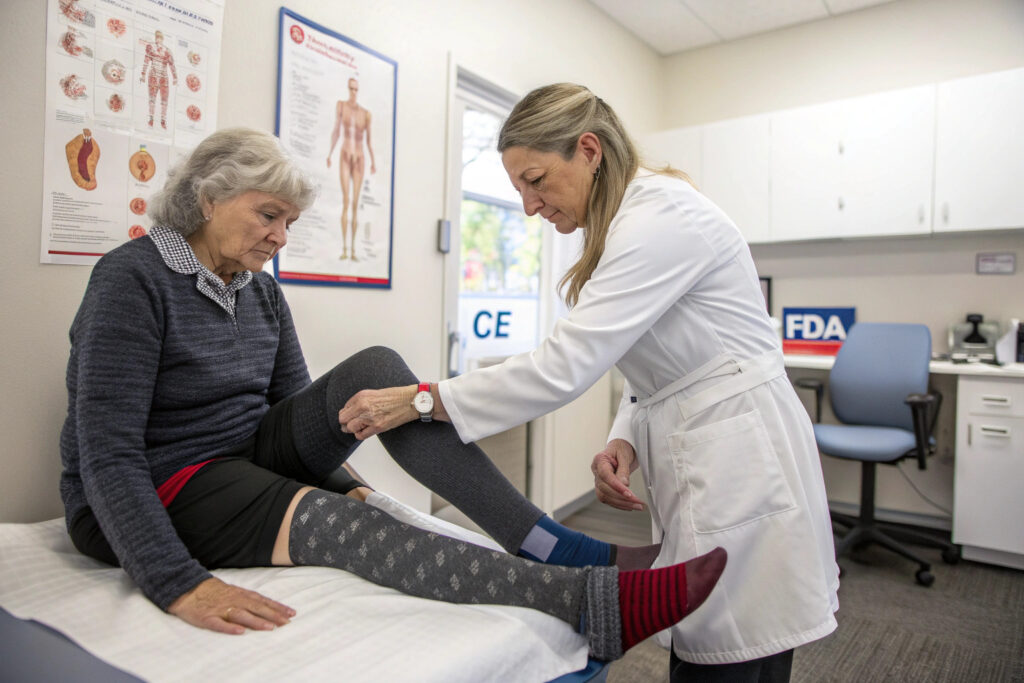
What Certifications Are Needed for Medical Socks?
High-compression socks for DVT or post-surgical care fall under Class I or II medical devices. They must comply with FDA 510(k) or CE marking (EU MDR standards). At GlobalSock, we work with audit-ready facilities holding ISO 13485, BSCI, and SGS certifications.
How Do You Avoid Compliance Risks When Importing?
Partner with a supplier that provides lab-tested performance metrics, packaging that matches regulatory labeling, and pre-loaded documentation. We offer CNAS lab results and digital spec sheets for every certified batch to simplify your clearance process in both the U.S. and EU.
Conclusion
Choosing the best compression level for recovery socks comes down to purpose: 15–20 mmHg for comfort and prevention, 20–30 mmHg for athletic recovery, and 30–40 mmHg for medical-grade support. As a manufacturer deeply rooted in quality and compliance, GlobalSock delivers end-to-end solutions—from sourcing and testing to international shipping. So whether you're catering to athletes, healthcare professionals, or daily wearers, we’ve got the right compression level for your business and your customers.
